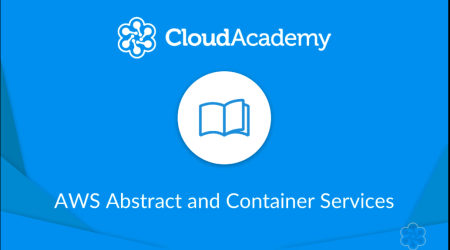
Video: .MP4, 1728x1080 30 fps | Audio: AAC, 44.1 kHz, 2ch | Duration: 56m
Genre: eLearning | Language: English + Subtitles | Size: 882 MB
When implementing different AWS services and architecting them within your environments, whether it be production, test or dev, do you know your security responsibilities for these services?
It is very likely that you are using services from three different classifications, which each have very different boundaries for enforcing security between the customer and AWS.
These classifications are:
Infrastructure services
Container services
Abstract services
The level of responsibility around these services are defined within three different AWS Shared Responsibility Models, and it's essential when using AWS you understand your level of responsibility when it comes to applying security.
This course focuses on Container and Abstract services. The primary Container services we look at are: RDS, EMR and Elastic Beanstalk and the primary Abstract services include: S3, DynamoDB, SQS and Glacier.
The lectures within this course will define and guide you through the following areas to help you apply the correct level of security to your Container and Abstract services.
What are AWS Abstract & Container Services?: This lecture provides you with a clear understanding of what abstract and container services are within AWS. There is a clear divide between the two which must be understood as responsibilities around security is a key difference between them
Security Controls: Data at Rest and In Transit: Here we will take a look some of the available options and best practises to help you maintain integrity and protection around your data when at rest, in transit and held within a number of container and abstract services
Security Controls: Network Segmentation: In this lecture we look at how we can use the network infrastructure and architecture to connect and restrict access to our container and abstract services to increase security through a number of different controls
Identity & Access Management: IAM is heavily used for both container and abstract services and plays a key part in authorisation and authentication for access and management, this lecture looks at how IAM can be used to help protect access across your services
Built-in Service Security Controls: This lecture will briefly look at some of the service specific security controls that may not have been covered in the previous lectures that you can leverage to help secure you data and environment
DOWNLOAD
uploadgig
rapidgator
nitroflare

